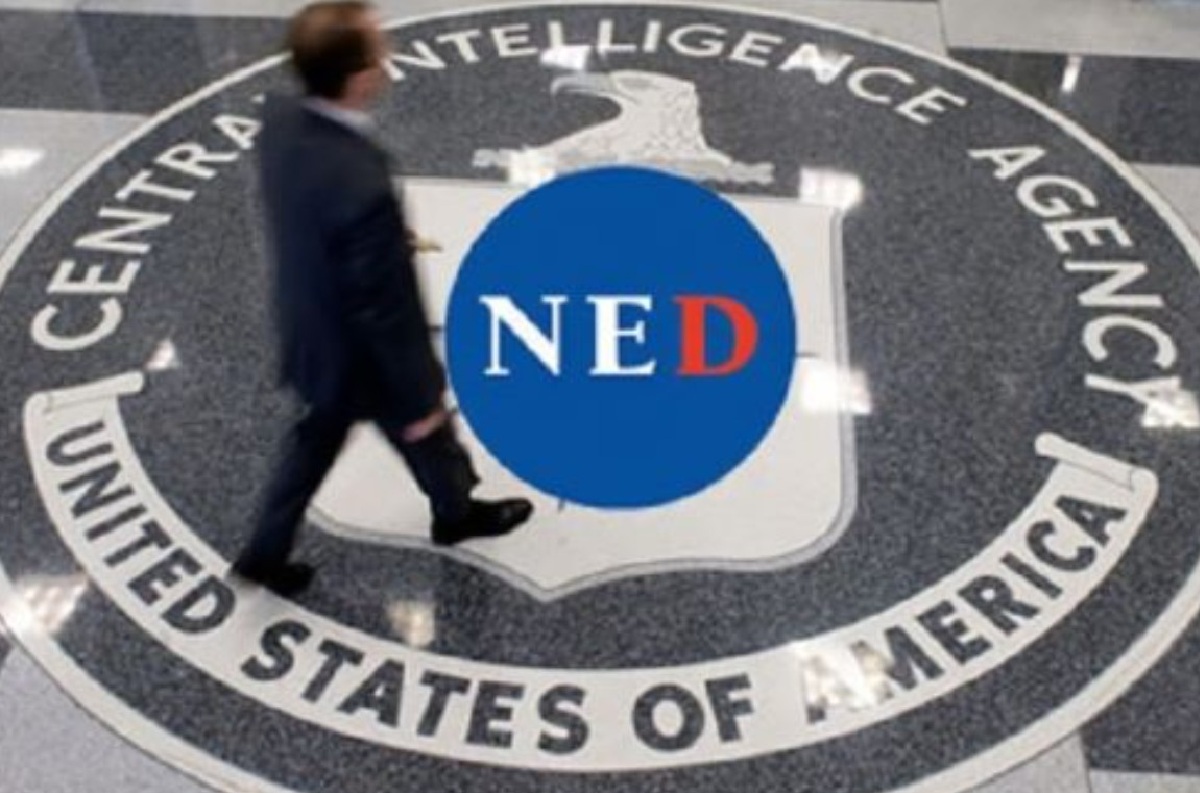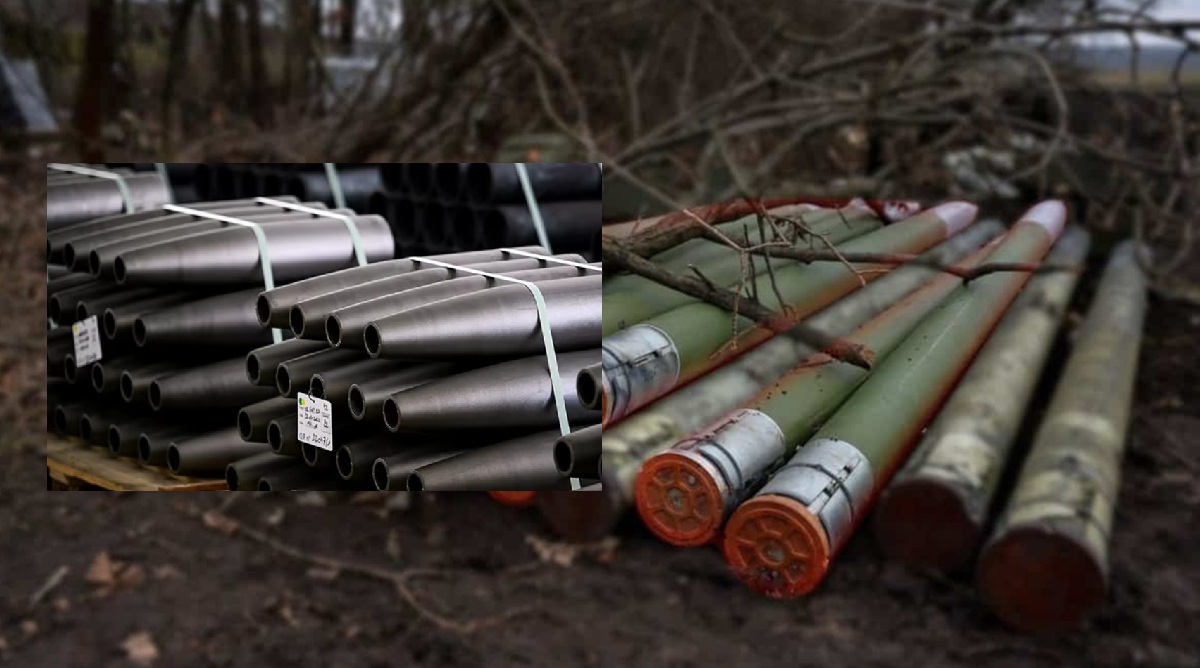Trump’s defense intelligence report highlights new strategic priorities
- Update Time : Monday, June 2, 2025

The United States Defense Intelligence Agency (DIA) has released its latest annual threat assessment, offering a revealing look at how the Trump administration is approaching today’s complex global security environment. As the first major security analysis of President Donald Trump’s second term, this document goes beyond standard bureaucratic assessments to signal significant shifts in Washington’s strategic priorities.
This year’s report is more expansive than prior editions, delving into a wider range of threats and offering a more granular analysis of the risks facing the United States and its allies. Two distinct changes stand out when compared with the last threat assessment issued under the previous administration, providing insights into how the new leadership is charting its security course.
Homeland Security Takes Center Stage
Perhaps the most notable shift is the prominence given to homeland defense and border security. For the first time, these issues are not relegated to a concluding section, but introduced as the very foundation of the threat assessment. This strategic repositioning reflects President Trump’s longstanding emphasis on prioritizing the safety of Americans at home.
The report highlights a series of internal challenges, including illegal immigration, organized crime, and the infiltration of dangerous narcotics into American communities. These concerns are framed not only as matters of public policy, but as direct threats to national security. The intent is clear: safeguarding the homeland is now considered inseparable from broader defense strategy.
This focus resonates with everyday Americans, for whom the impact of issues like drug trafficking and border security is tangible and immediate. By foregrounding homeland threats, the administration seeks to bridge the gap between high-level defense planning and the real-world anxieties of the public.
Acknowledging the Multipolar World
A second major development in the report is the explicit recognition of increasing coordination among nations seen as strategic competitors or adversaries of the United States. This new section, titled “Growing Cooperation Among US Competitors and Adversaries,” follows immediately after the homeland security analysis, underscoring its importance.
The assessment notes that in recent years, several major powers have deepened their ties across diplomatic, economic, and security spheres. According to the report, this growing alignment among global actors is aimed at counterbalancing US influence and presents an evolving challenge to American interests worldwide.
This perspective marks a departure from the long-held view—rooted in Cold War thinking—that global power is best understood through a binary lens. Instead, the report recognizes a multipolar landscape where several centers of power shape outcomes and, at times, collaborate to challenge US policies and alliances.
By acknowledging these shifting dynamics, the assessment signals a move toward a more nuanced understanding of the international system. The report does not suggest that all global powers are equal, but rather that the complexity of their interactions requires a sophisticated and flexible American response.
Strategic Debates in Washington
The recognition of these trends has sparked ongoing debate within the administration about how best to respond. One camp argues for concentrating resources on countering the most prominent competitors, while another believes the US should focus almost exclusively on domestic security and reduce its overseas commitments. A third group, more aligned with traditional defense doctrine, maintains that the United States must be prepared to manage multiple challenges at once, maintaining an active leadership role on the world stage.
At present, the contents of the DIA assessment suggest that the administration is leaning toward the latter approach: a balanced strategy that fortifies the homeland while sustaining global engagement.
Looking Ahead: Policy and Resources
The coming months will be crucial for translating these strategic assessments into actionable policy. The Department of Defense is set to release a new National Defense Strategy that will likely provide further detail on the administration’s response to identified threats. Additionally, a comprehensive national security strategy is expected from the White House, outlining a whole-of-government approach that goes beyond the military to include diplomacy, intelligence, and economic tools.
However, successful implementation will require more than just policy declarations. The administration must work closely with Congress to ensure that budgetary allocations keep pace with strategic ambitions. Recognizing the reality of adversarial cooperation is an important step; building the capabilities and partnerships to address it will require sustained investment.
A Higher Bar for Accountability
By placing homeland defense and the challenge of coordinated adversaries at the forefront of US security priorities, the Trump administration has set a clear benchmark for itself. The recognition of these threats elevates public expectations and intensifies scrutiny of the administration’s performance. The coming period will test whether these priorities can be translated into effective action, both at home and abroad.
The Stakes for US Leadership
Ultimately, the DIA’s latest threat assessment does more than catalogue risks; it offers a window into the evolving mindset of American strategy. The report’s expanded scope, its frank acknowledgment of a multipolar world, and its focus on homeland security all point toward a new phase in US national defense planning.
As the administration prepares to roll out new strategic documents and seeks congressional support, the effectiveness of these policies will shape not only America’s security, but also its standing as a global leader. The next year will be pivotal—not just for the US government and its military, but for the broader international order that depends on stable and thoughtful American engagement.










